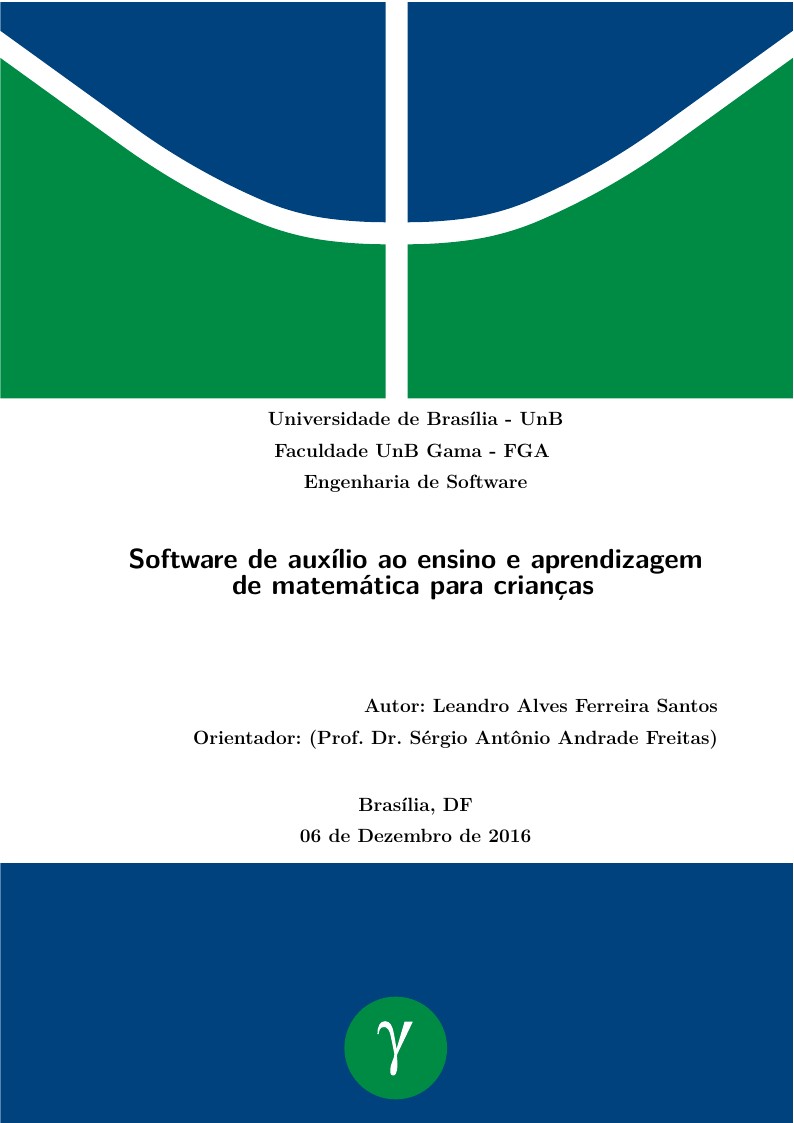Community articles — Universidade de Brasília (UnB)
Recent

The usage of software has grown as computers become popular. There have emerged, both in academia and in the market, technological solutions for several areas, among them education. On the other hand, classroom teaching and learning continues to suffer from classical educational problems such as lack of student and teacher motivation and lack of clear educational goals. And although software supports learning across a range of disciplines and ages, children's audiences, especially in mathematics, have been little contemplated with the benefits that technological solutions can bring. Therefore, the use of pedagogical approaches, such as Bloom's Taxonomy and Formative Assessments, together with gamification techniques, such as Octalysis, can be used to develop a technological solution that contemplates this public. The present work aims to propose the development of a software to assist the teaching and learning of mathematics for children in the classroom.
\begin
Discover why over 20 million people worldwide trust Overleaf with their work.